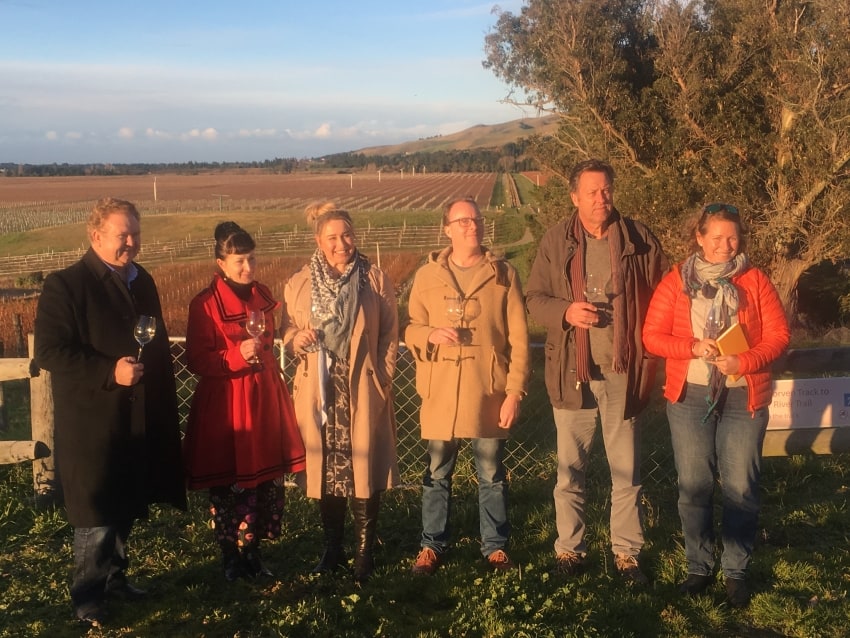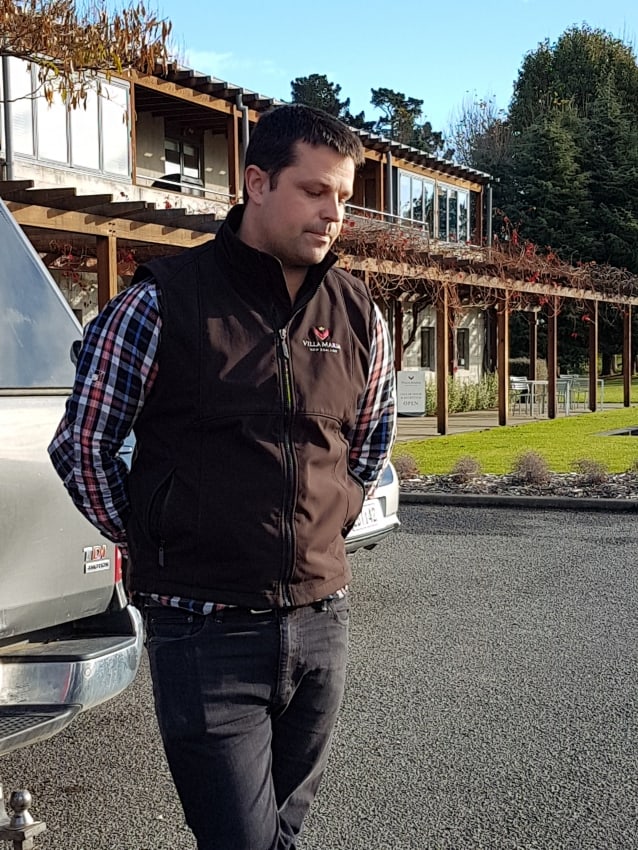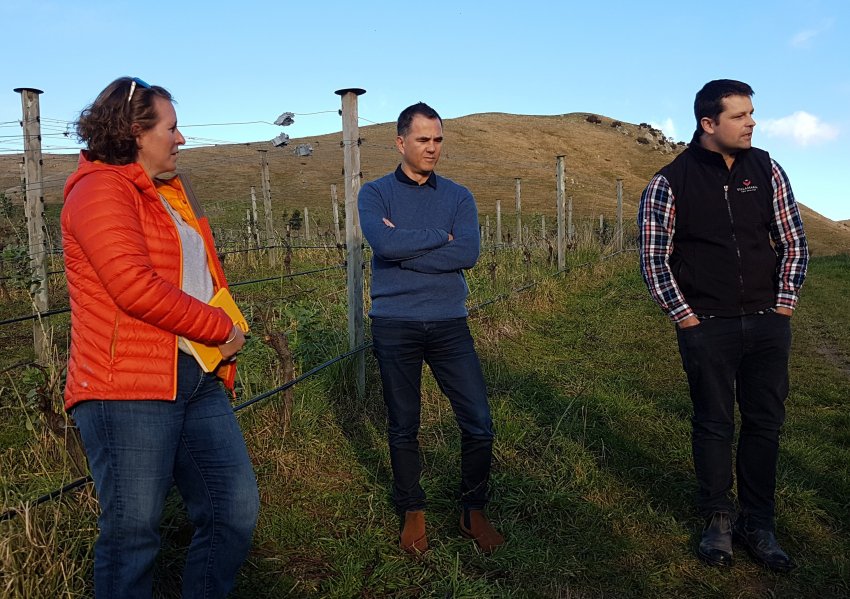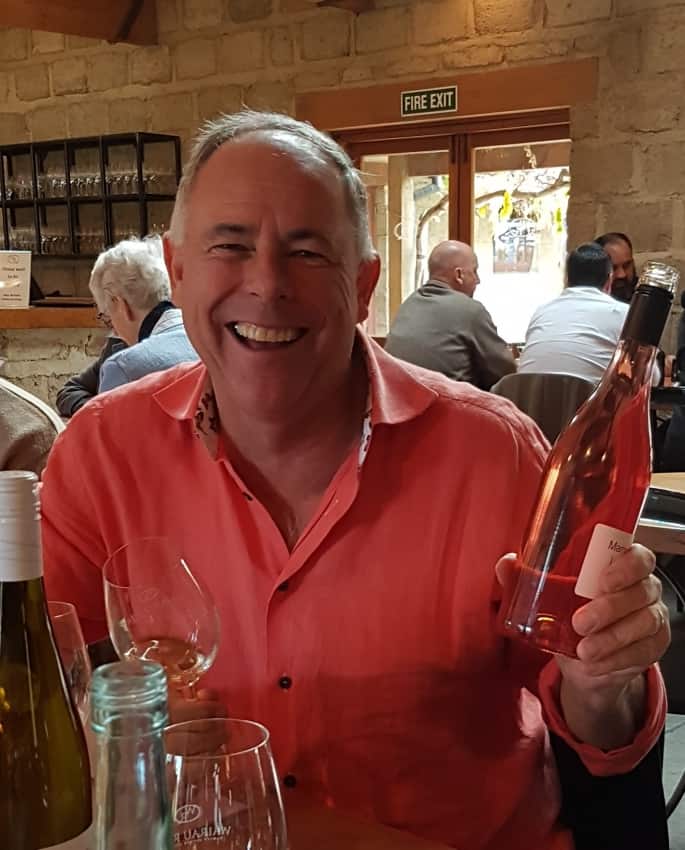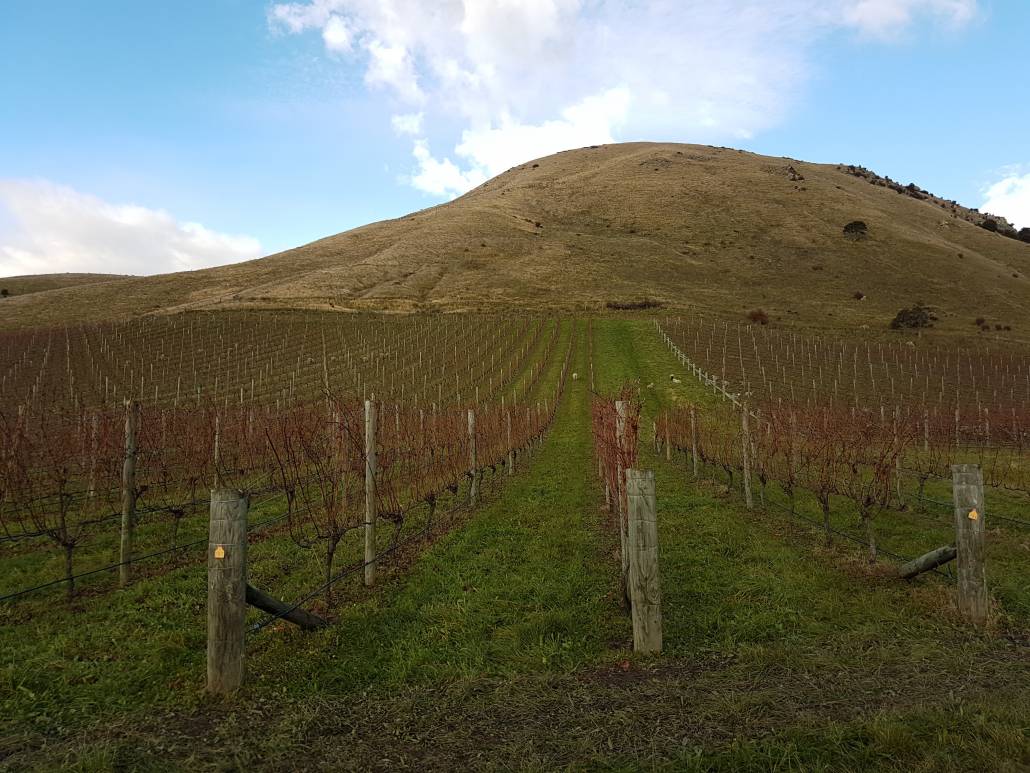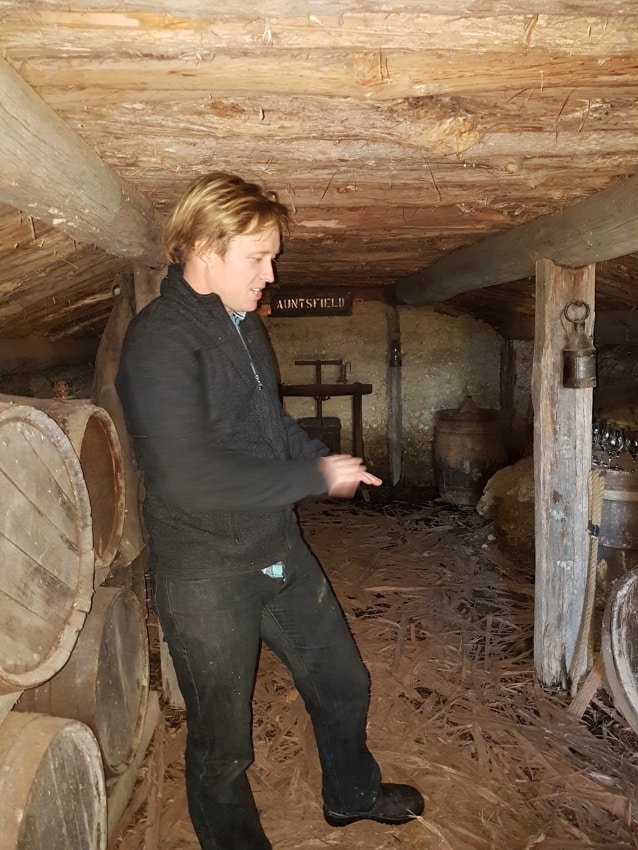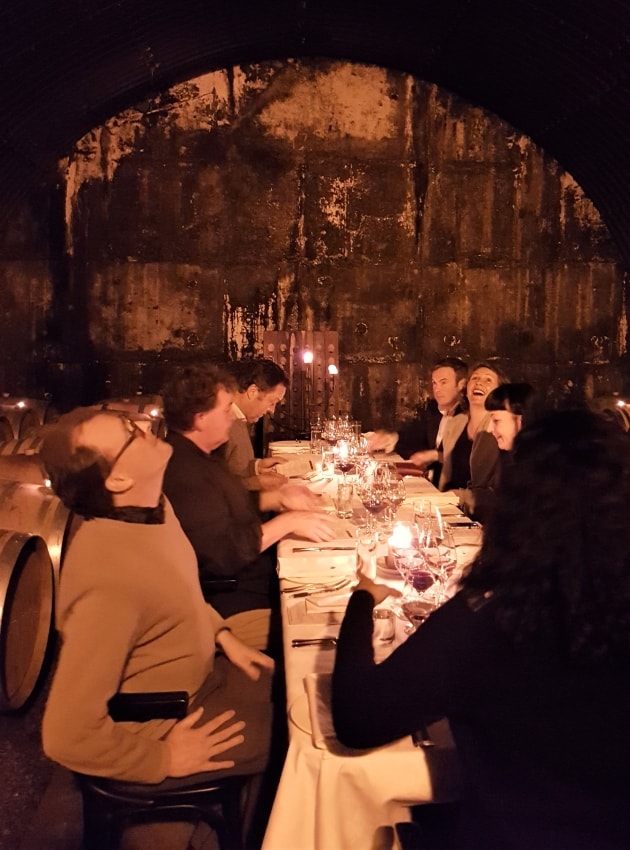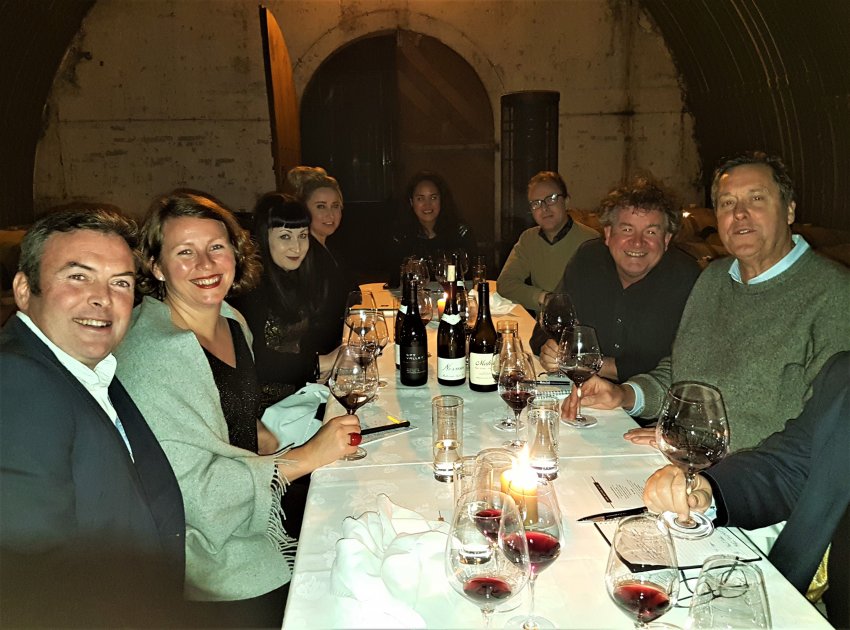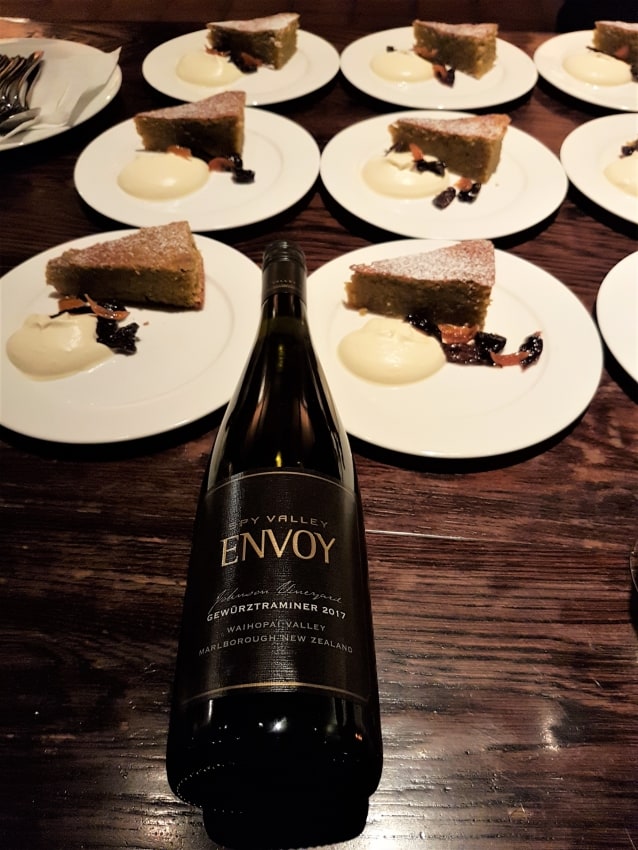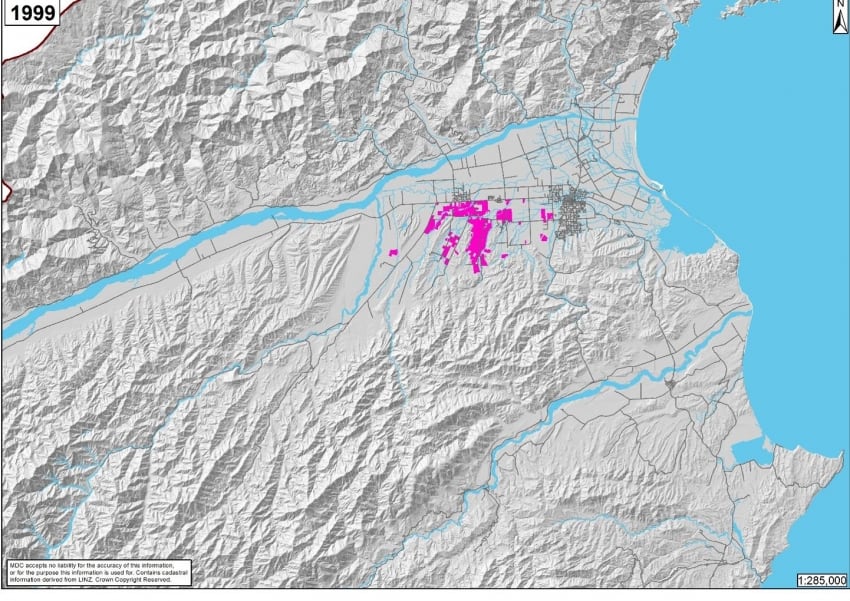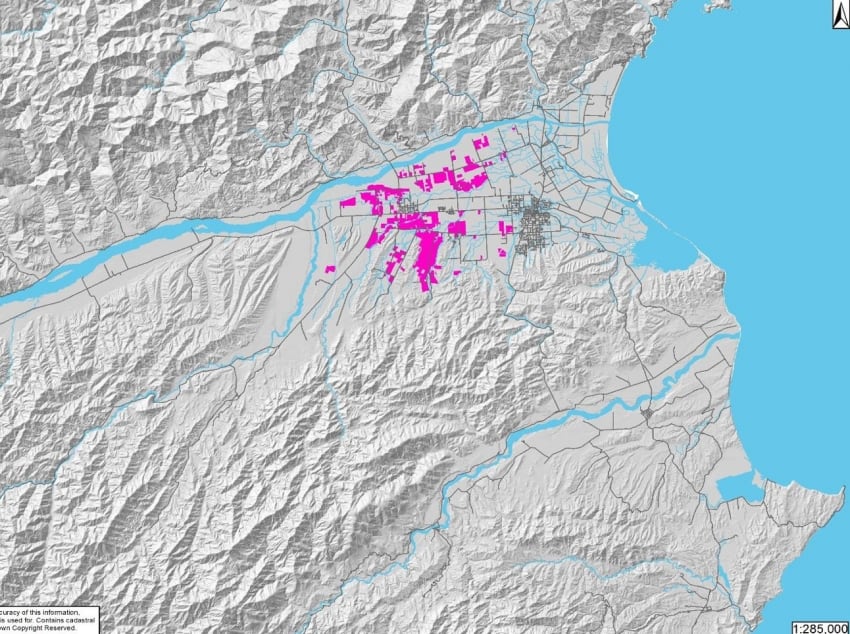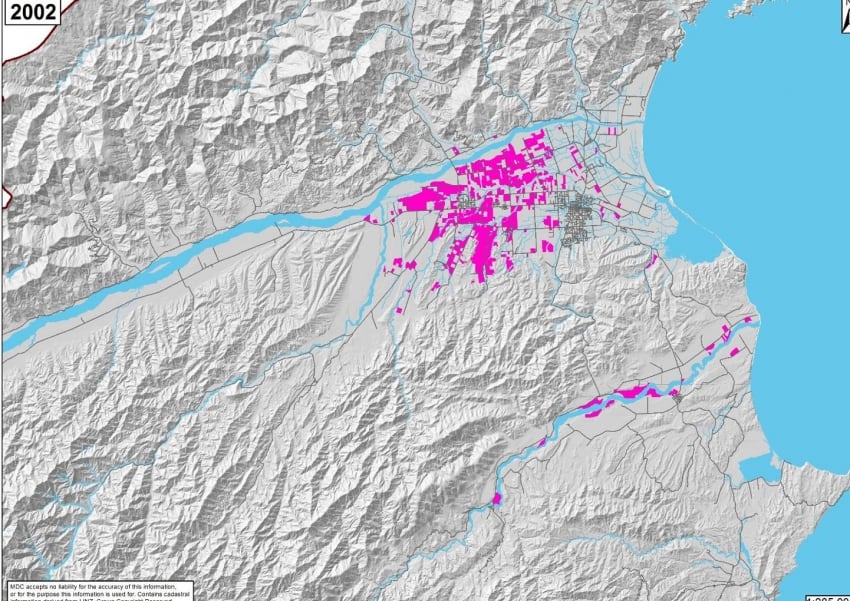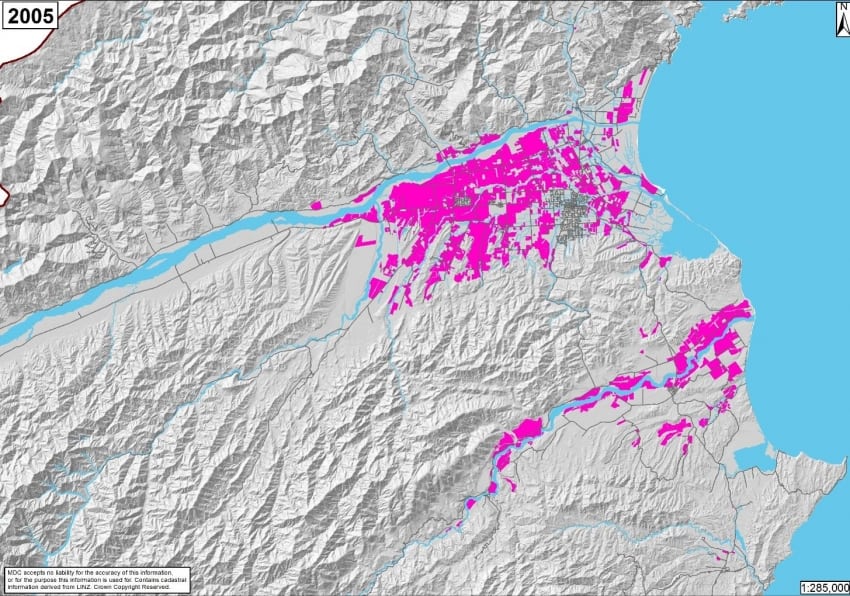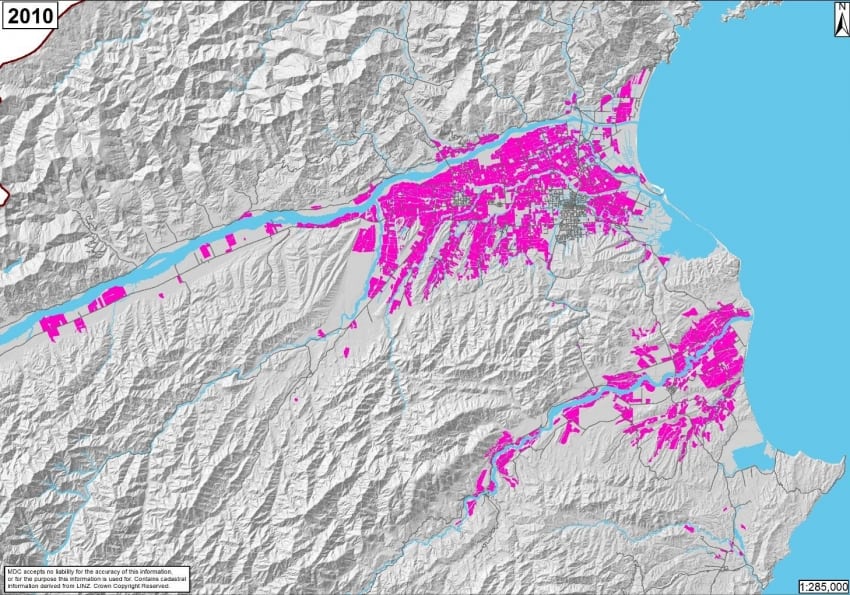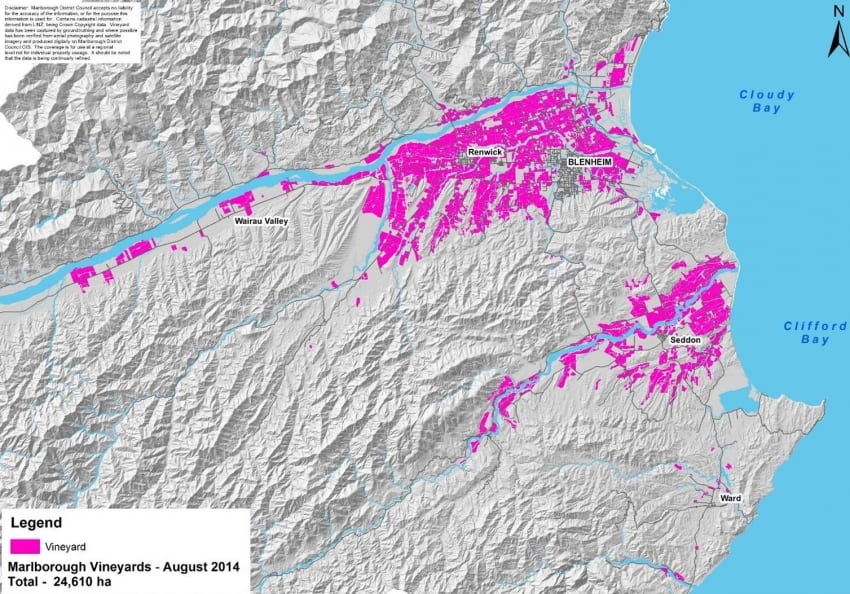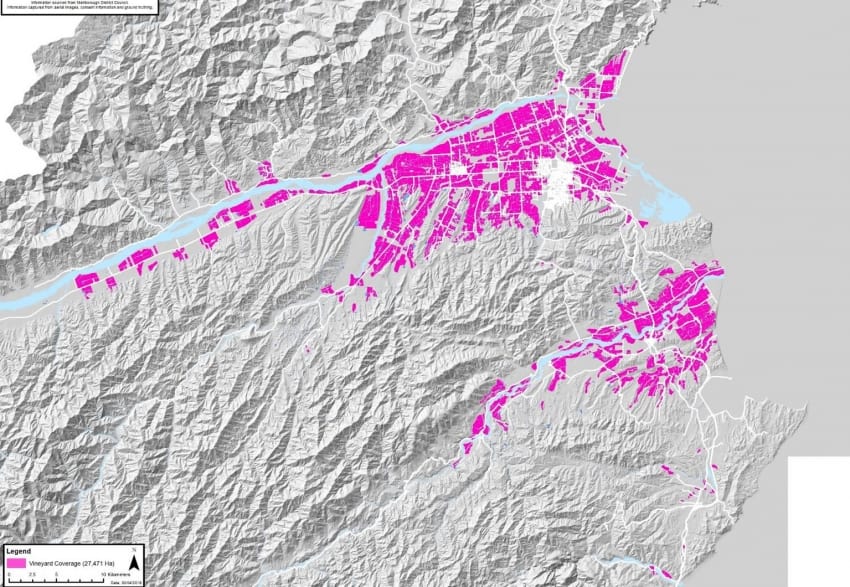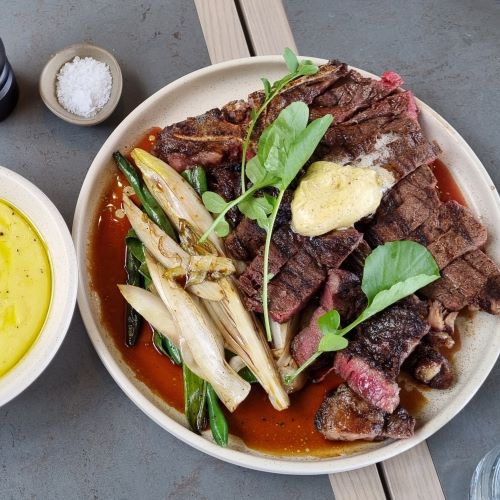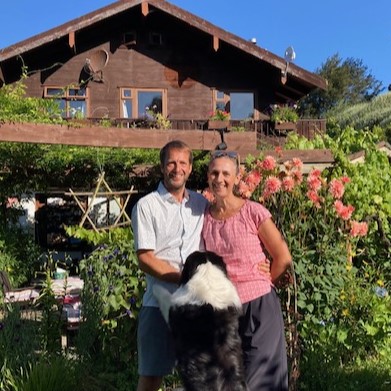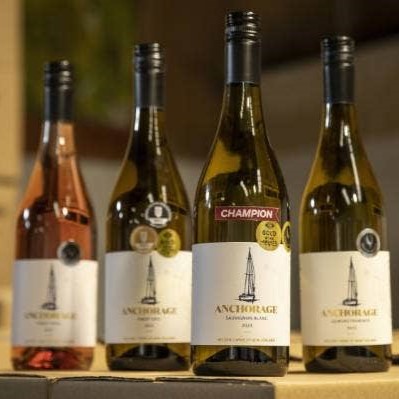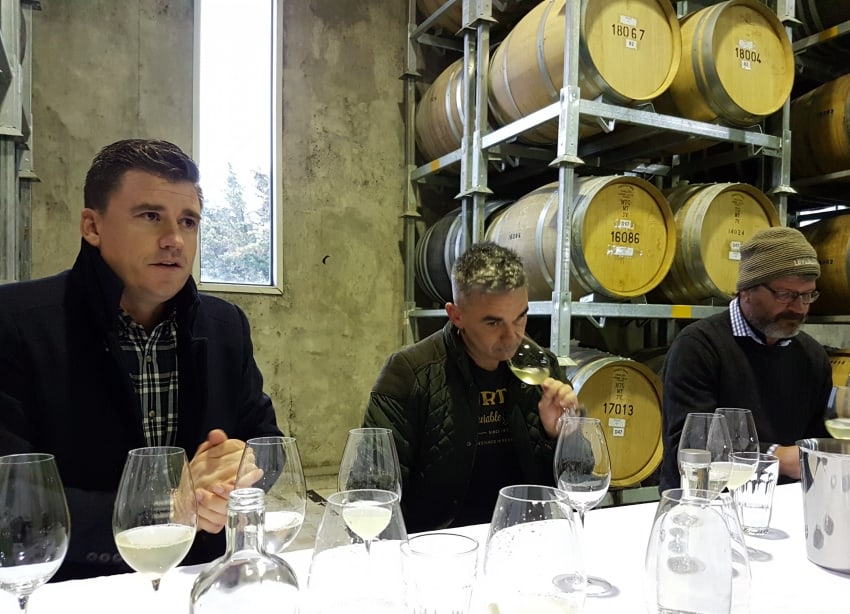
Marlborough Wine Industry
Published in the Nelson Mail 13.06.18
I have acknowledged regularly that Marlborough wineries are the backbone of New Zealand’s wine industry, they provide the coat tails that other New Zealand regions travel on when entering international marketplaces and there is no doubt Sauvignon Blanc is the wine variety that has made New Zealand world famous.
Last week I joined fellow Wine Writers of New Zealand members on a visit to Marlborough, we were hosted by Wine Marlborough and they wanted to show us the depth of the industry and things producers are doing to stay ahead of the game.
Rather than taking us to a number of wineries and showing us a huge range of current release wines, Wine Marlborough and the producers we visited wanted us to understand the work they are doing and to taste wines before they are blended into the final product, this was an educational visit not a wine tasting visit and I certainly learned a huge amount.
When we visit the region or pass through on our way to Picton of Christchurch, we drive past row upon row of grape vines and while it seems like there are a lot of vines we actually only see a tiny proportion of the vines in the region, there are some 26,000ha of vines planted in the region. You can find some graphics showing the growth of the industry on the Nelson Mail Stuff website with this column.
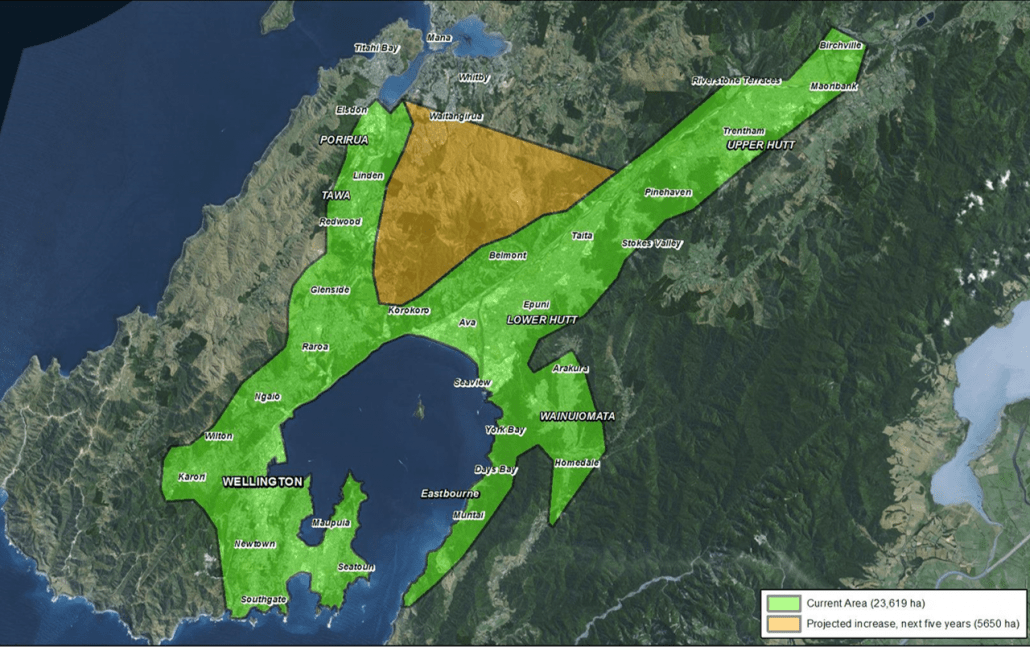
For me one of the most compelling images shows the area of Marlborough grape plantings overlaid on the Wellington region, if land in Wellington was planted in grapes it would cover an area from Seatoun in the south to Karori, Porirua, across the bay to Wainuiomata and north to the foot of the Rimutaka Hill; then add projected plantings and the size increases by about 30%.
Marlborough produces an astounding 80% of all wine made in New Zealand and the grape growing and wine production industries (not including all the ancillary businesses that provide services to the industry) contribute some $477 million to the Marlborough economy, it has grown by 300% since 2000.
When it comes to employment there are approximately 4850 people employed in the wine sector in the region so it is fair to say the wine industry is also the backbone of the Marlborough economy, based primarily on the Sauvignon Blanc variety; the risk to the Marlborough economy therefore is that consumers get tired of the bright, crisp Sauvignon Blanc flavours that the world fell in love with.
One winemaker noted that in mature overseas markets they are already seeing some consumers looking for something different, it is the new and still growing markets that are driving the continued growth of the industry while another made the comment that “the big boys are getting bigger and the chase to the bottom is being won by them, it is the small guys who are starting to do some interesting stuff”.
So, with this in mind, we were shown some of the interesting things being done with Sauvignon Blanc and I learned a lot about the future of this variety on this two-day visit; some winemakers have recognised the risk of the market wanting something a little different and they are working very hard on a number of fronts to evolve Sauvignon Blanc, making versions that still exhibit classic flavours but are also complex, and in many cases easier to drink than some of those highly acidic versions were are all so familiar with.
Marcus Pickens, the Chief Executive of Wine Marlborough told us research to date has been important in identifying the compounds that make Marlborough Sauvignon Blanc special and the New Zealand Winegrowers Research Institute being established in Marlborough will be a game changer when it opens, “we need to go beyond what we are doing and make a real step change, we need to really start innovating.”
Of course, it isn’t just the small producers who have recognised the need to evolve Sauvignon Blanc, Constellation wines, the world’s largest wine company, have bottled a sub-regional set of wines, basically taking just 150 bottles of each wine from large tanks before various blends are made for different labels.
The purpose is to show customers just how different sub-regions produce different characteristics that combine to make the final wines.
Over the two days the vast majority of wines we tasted were from tanks before they were blended and there was much discussion around the texture of the wines, most of the smaller wineries are trialling various fermentation techniques to add structure to the final wines.
These unfinished wines were usually cloudy and individually most were undrinkable but what we saw was the raw wines and the different flavour and texture profiles that will be blended to make the finished product. Some were highly acidic, some had very soft acids but lots of flavour while others had very obvious sulphide characters; the skill of the winemaker is to take these different components and turn them into a finished wine that still has those familiar Marlborough Sauvignon Blanc flavours but with riper acidity and a richer mouthfeel.
I was also encouraged to meet a number of more experienced winemakers who have identified the need to do something a little different, Brian Bicknell from Mahi Wines used to be the winemaker at Seresin and the wines he is making at Mahi are evolving from classic styles.
Kim Crawford from Loveblock Wines has made a natural wine that has no preservatives and the only additive is powdered green tea which is used each time the wine is moved between tanks, it is a natural antioxidant so helps stop spoilage when it is exposed to air for a short time; now I am not a fan of the natural wine and orange wine movement because I find most of these wines unpleasant to drink however, I need to say that with his first attempt at making a natural Sauvignon Blanc Crawford has made a wine that isn’t just drinkable but is packed with flavour and is simply delicious.
“All I have to do now is not stuff it up when I finish and bottle it” he says, and as it doesn’t have any preservatives it will need to be consumed when opened, not kept for a few days in the fridge so he is going to bottle it in 500ml bottles, another small but important innovation.
The most exciting thing from my point of view is that a number of younger winemakers are bringing fresh eyes to a maturing Sauvignon Blanc market and these winemakers are having a significant influence.

